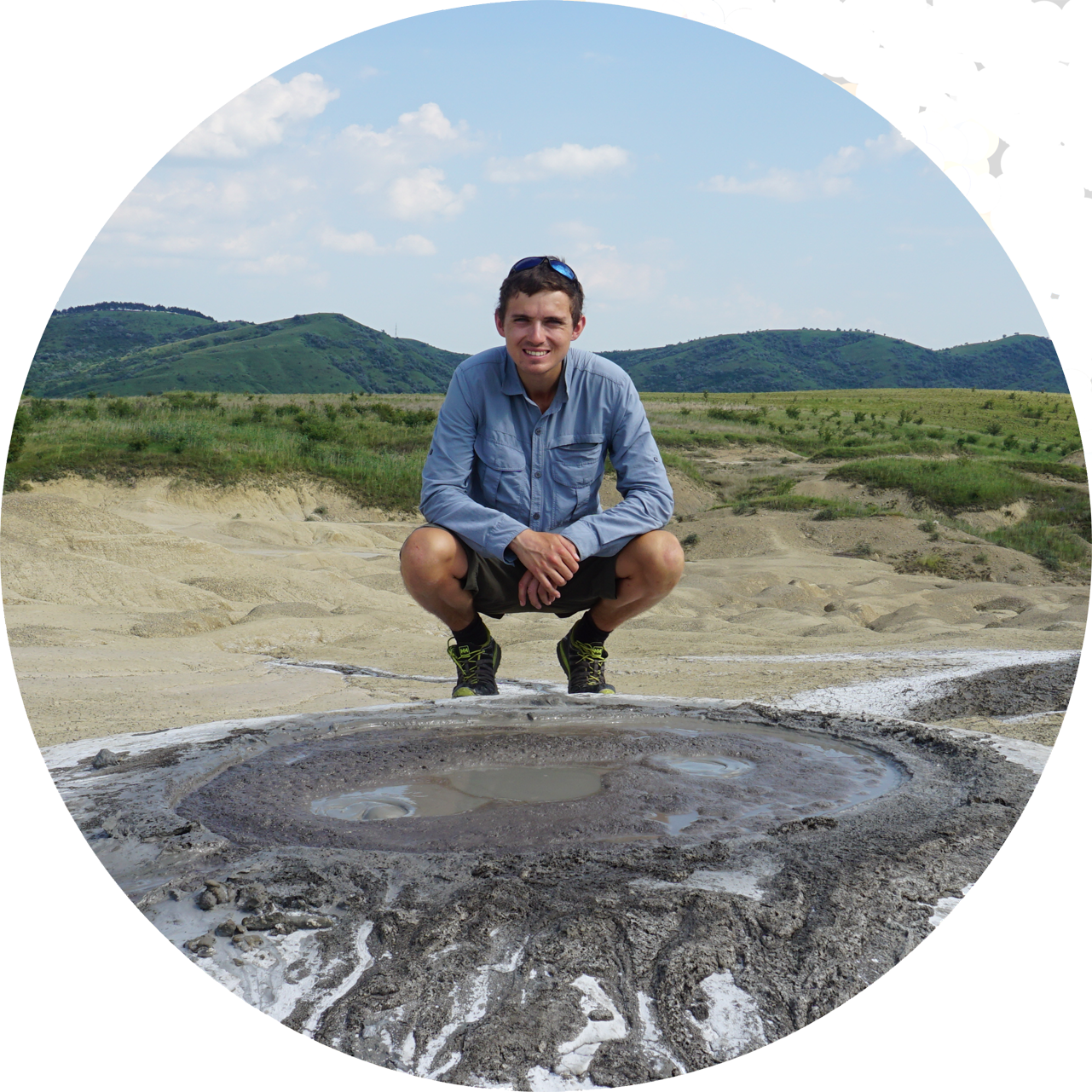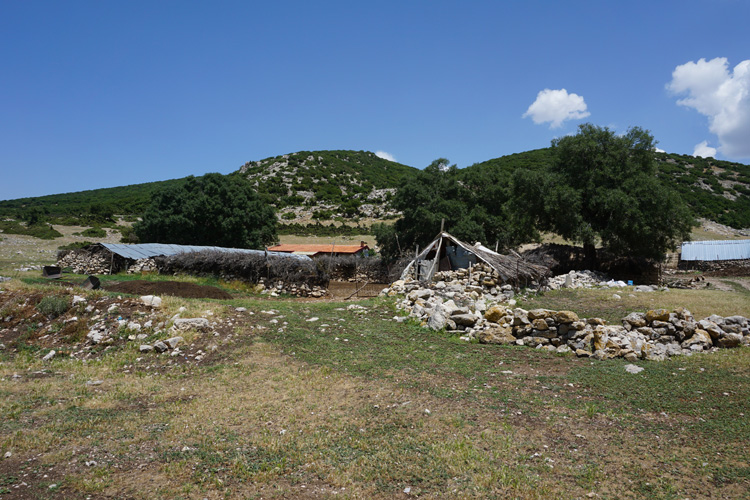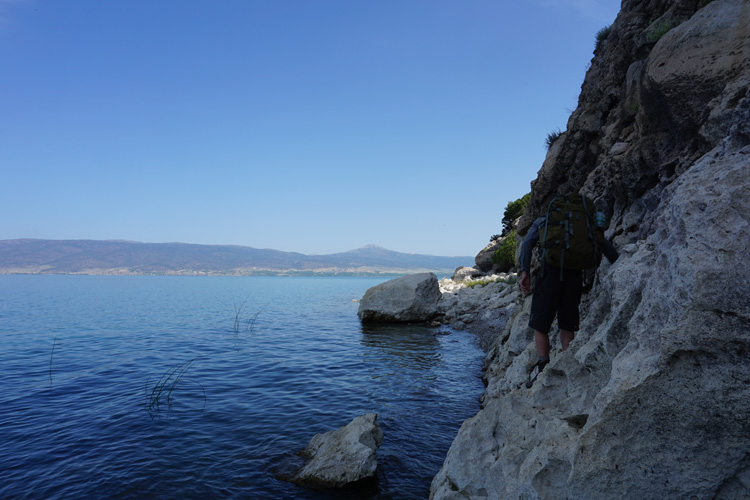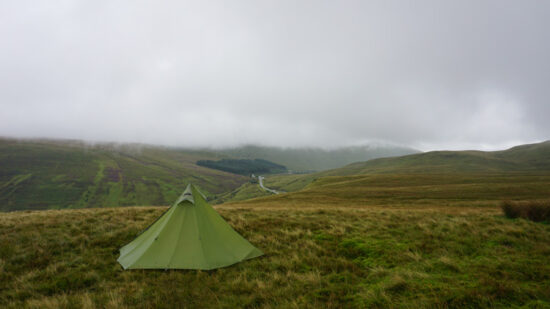Walking the St Paul Trail in Turkey: Eğirdir to Yalvaç

Our stay in Eğirdir was just one night, we stayed at Charly’s Pension and met İbrahim in the evening who provided a very useful up to date route which I loaded onto maps.me. He also offered to help organise the boat trip across the lake when the time came. Knowing İbrahim is almost essential to making an easy crossing across the lake as you need someone who find someone with a boat at short notice when you stroll out of the mountains.
We were keen to continue on the route and finish it in the next week, using any spare time to walk shorter days and relaxing in various wild campsites. We stocked up on food from the various shops, and a selection of böreği, which are pastries stuffed with various ingredients.
The first bit of the walk out of Eğirdir was following an old railway and then along the coastal road. I believe the actual route meanders along the hillside just above the road but it was hot and we decided to route march the road until the path leaves the coast at Beydere.
An army officer drove by and stopped to have a chat whilst we were still waking along the coast at midday. He asked us what we were doing, our jobs and where we were going. He seemed nice and offered us a lift to wherever we liked and we agreed to go as far as the road up to Beydere. We don’t know if he took pity on the foolish hikers walking during the hottest part of the day or if there was a secret army camp which we were straying close to!
It was a short walk up to Beydere and then we had lunch outside the village Mosque. The afternoon was a very long and hot walk on a newly marked change to the route. The story we heard regarding the route change was that the original one goes high into the mountains and Kate Clow had a dangerous experience due to the lack of water.
At Barla is a rare sight in Turkey, just outside the village are the remains of an abandoned 18th-century church as before the 1920s Barla had a large Greek Orthodox community.

We continued over the top of the mountain and found a lush valley with many water troughs. Thunderstorms rolled over most of the afternoon and evening but we only had one proper downpour for 20 minutes. Arriving at the town of Begoran was special as it is hidden out of sight from the path until we rounded mountain and it appeared before us nestled on the opposite hillside.

We found two shops at Begoran, right next to each other. We bought Peynir (white cheese) which the shopkeeper cut from a much larger block of cheese. There was a lack of fruit and vegetables like many of the other villages so we bought something similar to tinned ratatouille.
From Barla we walked through pine woods which eventually opened out into mountain meadows, cattle and water troughs. The cattle meant we had to camp just into the tree line where the ground was cleaner, and the trough was a bit smelly but good enough to make do.
There were huge lightning storms in the late evening, with bolts of lightning and thunder echoing all around us. The water trough was brilliant for birdwatching and I saw European Serin, Fire-fronted Serin, Greenfinch, Linnet and Goldfinch.
The next morning was spent descending down the mountain. Thomas send Ibrahim a text who arranged for us to meet Mustafa, who then arranged for a boat to take us across the lake. Mustafa’s house is right beside the path just before it goes over the lake. I did some more bird watching whilst we waited, and saw Cormorants, Pygmy Cormorants, Pelicans, Stilts and various Terns.
At the opposite of the lake, the boatman started gesturing at our boots and saying something in Turkish. Our language skills were insufficient and he started to look a bit frustrated at us. I thought he was warning me that my laces were untied! He gave up with gesturing and got his phone out and translated “take boots off and get out”. Suddenly it all made sense and we hopped out, standing with silty mud oozing between our toes.

I was keen to stay near the lake to continue bird watching as I walked so we tried to follow the water side around the headland but it turned into marshland after about 30 minutes. It was bigger than it looked due to low water so we had to go cross country and make our way back onto the path. 
Our second decision after lunch was to walk along the stony beach rather than the up and down of the path over the cliff. The lake looked unpleasant to drink, with tiny floating specs of a brown weed, the occasional dead fish and an old water smell. But due to the low water level we could find spots where fresh water bubbled up as a spring, right at the lake edge.
The storm clouds again started to build in the afternoon and we found somewhere to pitch tent just before a huge storm hit. We sheltered in the tent and relaxed whilst a torrential downpour battered over us. On the plus side, the storm meant there were dramatic clouds over the lake as it carried on over the mountains. We had a lovely campfire on the beach and enjoyed the view.
A large dead tree about ten minutes walk down the beach was full of Cormorants and when scared they would fly up in a huge flock and circle over the sea before going back to roost on the tree.

We discovered a major (absolutely huge) downside as the sun started to set. From every shady rock, cliff and bush came hordes of dragonfly nymphs, much like the plague of flies in the ten plagues of Egypt. It started as we cooked and got steadily worse. A most unpleasant experience is a very light tickle as something crawls down your neck, or up your leg.
We had debated not packing the tent inner netting but this night single-handedly made it worthwhile. As the shadows grew longer so did the amount of nymphs. By late evening the tent was covered black and there was a constant hum of fluttering wings.
We tried making the campfire into a bonfire in the hope that the smoke and heat would keep them away but it didn’t help.

We gave up coping with them and went to bed. The nymphs settled all over the tent and in the morning I opened the door and Thomas sprinted out, unpegged the outer and then run around shaking it. Some had crawled right up inside the air vents at the tip of the teepee shape and are still there now.
We continued the long walk beside the lake. It was tricky going as pebbles are quite unsteady to walk on and boulders need to be clambered over, but probably easier than up and down of cliff route. We passed the rock tombs, stone arches and I was delighted to spot a White Tailed Eagle that hunted over the lake and then settled close to us to tear at a carcass!
The dragonfly nymphs could be seen wherever there was shade but seeing the full grown dragonflies flitting about and landing on rocks was special. During the day the nymphs were only occasionally a bother and made it difficult to find a spot in the shade for lunch.
At the next town of Tirtar we walked in circles struggling to find the shop. We knew where it should be but couldn’t spot it. And there also didn’t seem to be any water in the town. Both the public fountain and mosque fountain didn’t work. After a while we shouted to a few old timers on balcony’s with no response. We had decided to walk on to the next village but I spotted a man in his garden and asked for water in turkish. He kindly offered bottled water and explained that the local water source had been broken for weeks and the locals had to travel to the nearest spring to get water. The man was Danish and visiting his elderly mother. He was very hospitable and cooked us scrambled eggs with olives, tomatoes, cucumber, yoghurt, organic honey and rose jam.
He also explained that everything was closed for lunch. After waiting awhile he took us for chai at the tea shop and we met his son on the phone who spoke English. The local shop was also open by that time and though sparse, had enough food to keep us going.
We said goodbye to the Danish man and walked about ten minutes. Then we were passed by a tractor and trailer with a woman riding in it. They gestured to hop on and we gratefully jumped in. We continued for about ten minutes to the next village. The farmer’s family offered us chai but we decided to carry on walking as we were keen to find somewhere to camp.
It didn’t take long to find a lovely campsite with plenty of water. It was mid afternoon and so plenty of time to wash everything and get it drying.
The wild campsite was a water wonderland with two springs trickling into staggered troughs down the hillside. I told Thomas to have a bath in the last one whilst I scrubbed off the dust and sweat at the top. We were woken up at 0530 by a shepherd with dogs, and he came past again at 0800 with his donkey.

The middle stretch of the walk from where we camped after Yukari Tirtar to somewhere after Sücüllü is probably the worst part of the St Paul Trail, it was a long slog through agricultural fields and orchards. The rain meant that the ground had formed a sticky mud which added inches to our boots and felt like we were walking on extra heavy stilts.
Some parts of the walk were nice, we walked through vast fields of waving crops and camped in the rain near a small lake called Ileği Göleti where I spotted a Black-Crowned Night Heron.
We had a late start from Ileği Göleti as everything was very damp, but fortunately there were no mosquitoes in morning. There was no water after Sücüllü so we had to make do without until we finally arrived at Antioch and the end of the route!
As we walked around the hill we could see the pillars of the old aqueduct silhoutetted in front of the setting sun. The reservoir had steep sides so we camped underneath an olive tree on the hillside beside the reservoir.

We packed our rucksacks and had a casual walk to the aqueduct and paid for tickets into Antioch. The ruins were large and some of the best preserved I have seen.
We decided to go into Yalvaç to scope out the bus route back to Antalya for the following day. We struggled to find a bus stop and asked directs at a small supermarket. The cashier enlisted three local girls to help and they led us to the modern bus station, slightly out of town. One in particular was overjoyed to practice her English and couldn’t wait to tell the class how she was late due to meeting some Englishmen.
We bought tickets for the following day and walked back towards town. A young man on the way back had a broken down car and we ended up chatting to him about the cost of living in Turkey vs England, and what we did for a job. He told us about a local restaurant he would take us to once the car was fuelled up, so we ended up chatting for ages and then it turned out there wasn’t anyone coming and he wanted us to push him to the nearest petrol station.
We had enough at that point and so decided to give him some money towards the car and get out of there to find a small local kebab shop for lunch. We walked back the reservoir and camped under the same Olive tree.
Not wanting to miss the bus and subsequently lose time exploring Antalya, we got up extra early and arrived 45 minutes earlier than needed. It was the most luxurious bus trip I’ve had, with complimentary drinks every hour (chai, coffee, juice or water) and a few snacks.
From Antalya bus station we accidentally manage to find Zel Hotel by jumping aboard what we thought was the right bus. It had rich colourful curtains with tassles and a load of people who looked at us very oddly. The bus driver didn’t want to delay so we used the passengers to communicate. It turns out it was an intercity bus that fortunately was going roughly the right direction. He dropped us near the hotel for 40 lira.
On our final day we walked to Old Town in Antalya which was very touristy and busy. Our Zel Hotel is definitely in the best place, away from the madding crowd. Antalya museum is well worth visiting, with heaps of roman artefacts and an impressive collection of roman sarcophagi.

The following day we flew back to England after a wonderful holiday and a desire to go back to complete other parts of the route another year.
Posts in this series:
Walking the St Paul Trail in Turkey: Antalya to Sütçüler
Walking the St Paul Trail in Turkey: Sütçüler to Eğirdir
Walking the St Paul Trail in Turkey: Eğirdir to Yalvaç (this post)
St Paul’s Trail downloadable route map: Routes































